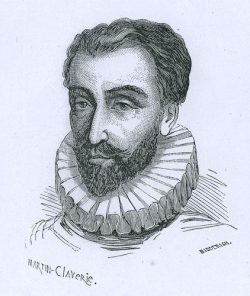François de La Noue (1531-1591)
François de La Noue, known as « Iron arm », was a Huguenot gentleman, a well-known military chief as well as a historian of the wars of religion.
His family belonged to the Brittany nobility
François, Lord of La Noue Briord, was born in Brittany in 1531.
Following the family tradition, he first served the King of France. His father had been a gentleman attendant to the chamber of King François 1st. and he himself was a page to Henri II. Somewhat later he pursued a military career.
Very early in life he adopted the Reformed religion (in 1558), following a visit to Brittany of François d’Andelot, a brother of Admiral Coligny. From then on he tied true and faithful links with the Châtillon family.
He took part in the wars of religion
He took part in the wars of religion – during the first of these, he fought in the battle of Dreux during which the prince of Condé, leader of the Protestants, was made prisoner on the 15th of December 1562. During the second war (1567-1568) he was on the battle field at Saint-Denis where, on the 10th of November 1567, Montmorency, the commander-in-chief was mortally wounded.
La Noue conquered the city of Orléans which became the Protestant headquarters.
The peace of Longjumeaux (23rd of March 1568) ended the second war but only lasted 5 months, “an ugly short peace” wrote La Noue. It was no sooner concluded than the Reformed, scared as they were, looked for foreign alliances. In August they signed an agreement with the “peasants” of the Spanish occupied Low Lands who were in rebellion against the King Philippe II of Spain who had been savagely repressing them. From then on, the conflict was considered as being international.
During the 3rd war (1568-1570), Condé appointed La Noue Governor of La Rochelle and the Poitou, Aunis and Saintonge provinces. He then replaced François d’Andelot at the head of the Huguenot infantry. In March 1569 he was made prisoner at Jarnac and again in November 1569 at Moncontour. In 1570, when leading the siege of Fontenay, he was severely wounded. He had to have an arm amputated and was from then on called “Iron arm”. In 1570 peace was restored and La Noue could once more both obey the king and freely adhere to the Reformed faith.
In 1572 he joined Prince Ludovic de Nassau in support of the Dutch “peasants”. He conquered Valenciennes and then Mons, but for lack of help he was obliged to capitulate on the 28th of September 1572. La Noue was therefore not in Paris when the Saint Bartholomew massacre took place.
During the 4th war, Charles IX entrusted him with a difficult conciliatory mission in La Rochelle between, on the one hand the city and on the other the king. Despite his active part in the negotiations, he was unsuccessful and left the city in 1573. The Boulogne edict of peace (July 1573) was never enforced. He was embittered by this and hardened his views and his attitude toward the king.
He joined the party of Malcontents with François d’Alençon, the king’s younger bother. After the 6th war he went back to the Low Countries. In 1580 he was imprisoned by the Spaniards for 5 years in the Limburg castle, where he wrote his famous Discours politiques et militaires (“Political and military addresses”). In his last years he fought for the king against the League. He was mortally wounded in 1591.
The writer
His Discours politiques et militaires published in 1587 (latest edition, Genève, Droz 1967) is a historical masterpiece. From his own experience the author finely studies the political situation in France. He suggests tolerant politics while expressing his belief in action.
Moreover he presents a thorough study of military art and strategy.
Finally he examines the role and place of nobility in the French kingdom. He suggests the creation of academies to train young noblemen in numerous subjects for military as well as civilian situation.
Bibliography
- Books
- BOURGEON Jean-Louis, De Mons à la Rochelle via Paris ou les paradoxes de Monsieur de La Noue, SHPF, Paris, 1992
- HAUSER Henri, François de La Noue, Hachette, 1892, rééd. Slatkine, Paris, 1970
- HUSEMAN William H., La personnalité littéraire de François de La Noue, 1531-1591, Librairie Nizot, Paris, 1986
- VRAY Nicole, François de La Noue, Bras de fer, Ampelos, 2012, 1, p. 173
Associated notes
-
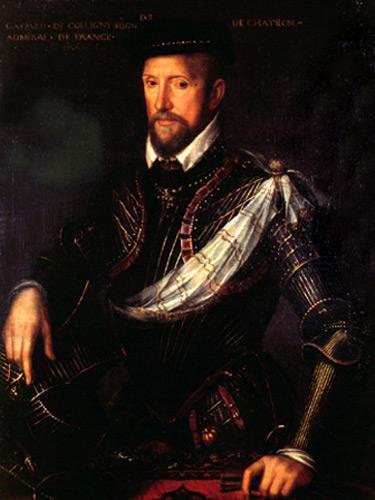
Gaspard de Coligny (1519-1572)
Gaspard de Coligny born in the influential Châtillon family, was naturally at the service of the King of France. However, after being made prisoner at the siege of Saint Quentin,... -

St. Bartholomew's Day (24th August 1572)
Charles IX had tried to reconcile the two religious parties, but when this failed, he was driven by the Guise family to authorize the Catholics to assassinate the Protestant leaders; the situation... -
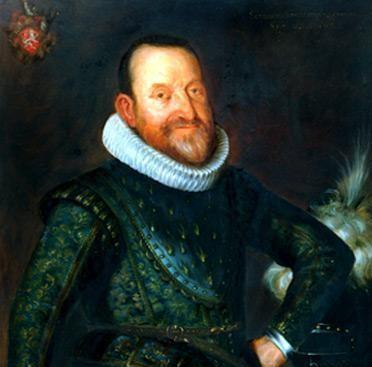
Agrippa d'Aubigné (1552-1630)
A soldier and Protestant writer, he first took part in the wars of religion with Henri de Navarre and later told of the sufferings endured by the Protestants in his work... -

Jeanne d'Albret (1528-1572)
She became a convert of Protestantism and made it the official religion in her kingdom of Navarre. -
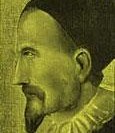
Antoine de Chandieu (1534-1591)
Antoine de Chandieu was a theologian, a man of letters, a poet and also a man of action; he played an important role at the beginnings of the Reform Movement... -
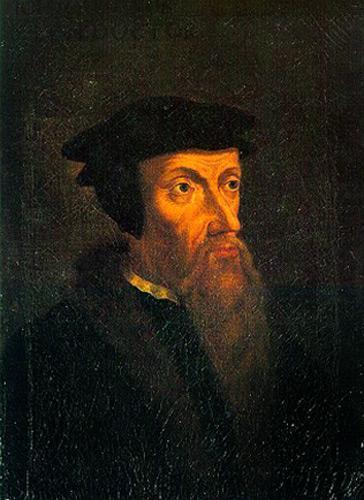
Jean Calvin (1509-1564)
A generation after Luther, the Frenchman Jean Calvin became the organiser of the Reformation : he organised the Church, shaped the doctrine and defined the role of the Church in state government. -
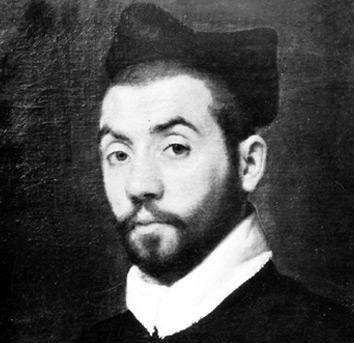
Clément Marot (1496-1544)
The famous 16th century French poet put into verse the biblical Psalms that were to be sung all over France and become the well-known Huguenot Psalter.

